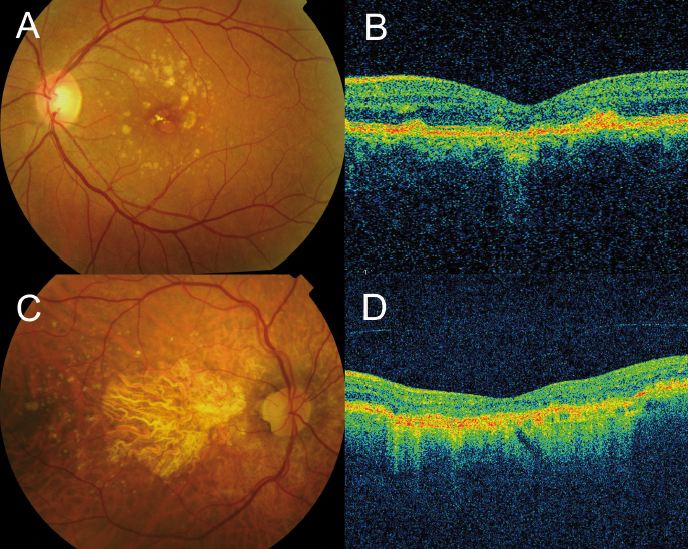Macular misalignment is a type of optical disorder in the eye where light is not properly focused on the macula — the key area responsible for sharp and clear vision. This condition can lead to persistent blurry vision that is difficult to correct with conventional glasses and is often overlooked in routine eye exams.
The Macula – The Central Powerhouse of Vision

The macula is the central part of the retina, densely packed with photoreceptor cells responsible for fine detail, small text reading, color recognition, and central vision. Although it only occupies 5% of the retinal area, it contributes to over 90% of central visual quality.
If light is not precisely focused on the macula and instead deviates to surrounding areas, images may appear blurry, distorted, or lacking clarity — especially when performing near tasks like reading, using a phone, or working on a computer.
Signs of Macular Misalignment
- Blurry vision even with correct prescription glasses
- Straight lines (like door frames or picture edges) appear curved or distorted
- Loss of fine detail perception
- Difficulty seeing in low-light environments
- Central blind spot in the field of vision
Common Causes
| Cause | Impact on Optical Focus |
|---|---|
| Refractive Errors (myopia, astigmatism, etc.) | Shifts the focal point away from the macula |
| Corneal Deformity | Light scatter, misalignment of focal axis |
| Cataract | Blurry images, reduced clarity |
| Macular Degeneration | Damaged light-receiving structure |
Additionally, factors such as aging, chronic conditions (diabetes, hypertension), unhealthy lifestyle habits (smoking, poor nutrition), or prolonged use of digital devices can also contribute to macular focus disturbance.
How to Detect Macular Misalignment

- Fundus Examination: Detects macular damage or distortion
- OCT (Optical Coherence Tomography): Visualizes each retinal layer in detail
- Amsler Grid Test: Evaluates central vision distortion
- Visual Field Test: Assesses impaired visual zones
These tools allow early detection of macular focus deviation, guiding effective and precise treatment plans.
Treatment and Improvement Options
- Correcting refractive errors with accurate glasses or intraocular lenses
- Monitoring and managing retinal disease progression
- Supplementing nutrients that support macular health like lutein, zeaxanthin, omega-3, zinc, vitamins A, C, and E
- Consider using the Phakic ICL lens – a cornea-sparing solution that accurately focuses light onto the macula and supports clear vision for patients with high myopia or thin corneas.
How to Protect the Macula

Healthy eyes require regular care. If you’re at risk or already experiencing macular misalignment symptoms:
Maintain a diet rich in leafy greens, fatty fish, and nutrient-dense seeds while reducing processed foods. Avoid smoking, limit alcohol, use blue light filter glasses when working on screens, and get an eye exam every 6 months at a retinal specialist clinic.
Conclusion
Macular misalignment can directly affect clarity of vision and quality of life. Though it may not cause pain or acute symptoms, without proper diagnosis and treatment, it may lead to more serious retinal problems.
Proactively screen your vision, care for your eyes properly, and consider vision-enhancing solutions like Phakic ICL to maintain precise macular focus — the foundation of lasting and healthy vision.

 vi
vi 13-Jun-2025
13-Jun-2025










 0916.741.763
0916.741.763 Appointment
Appointment